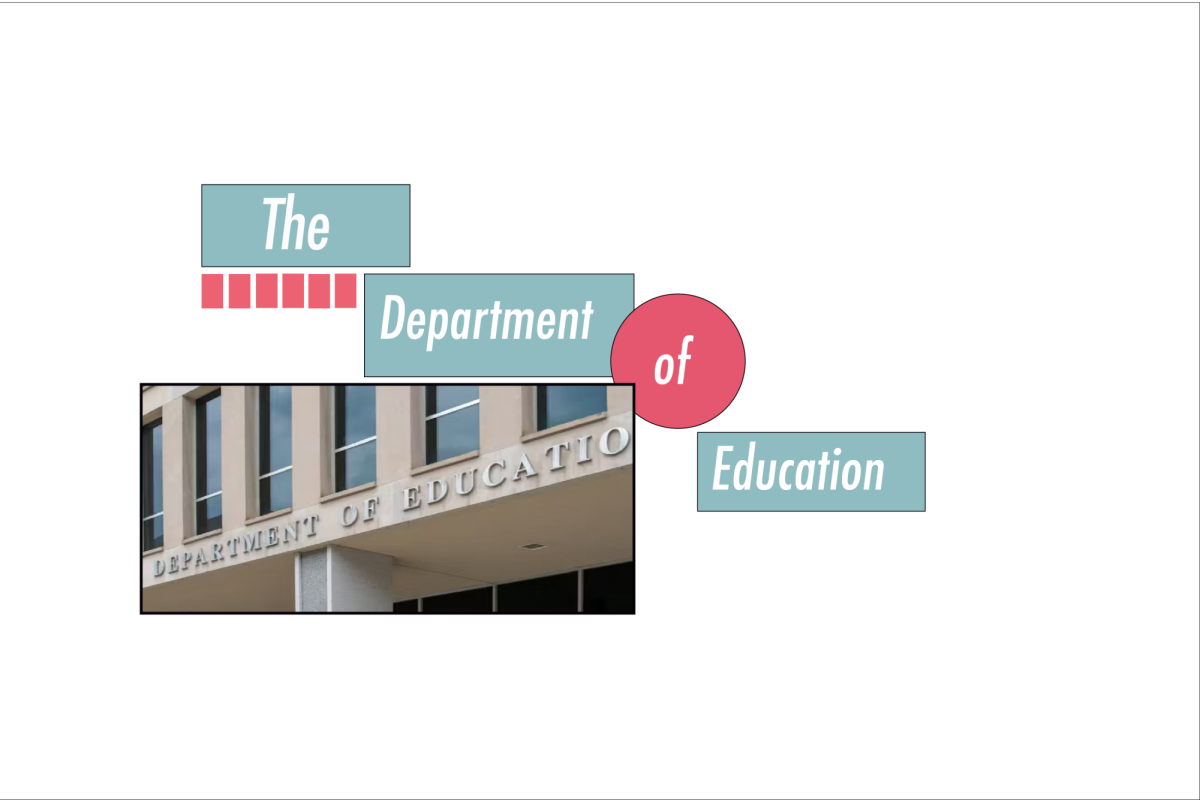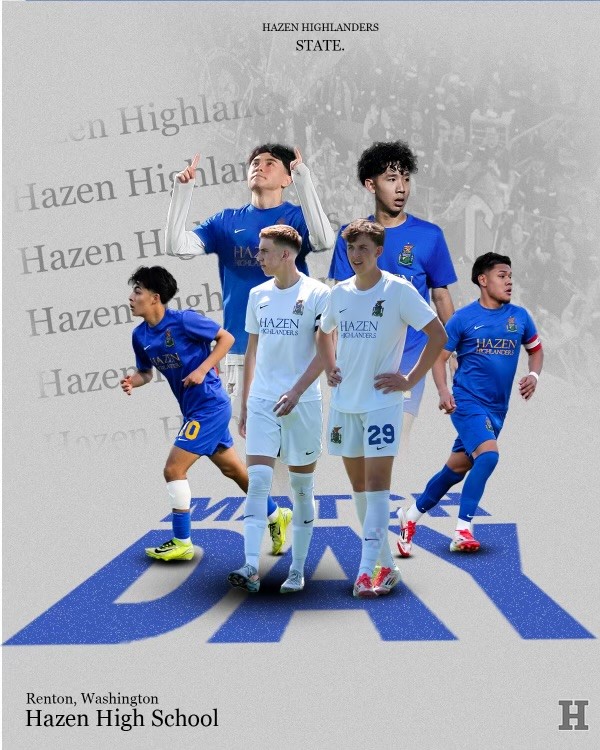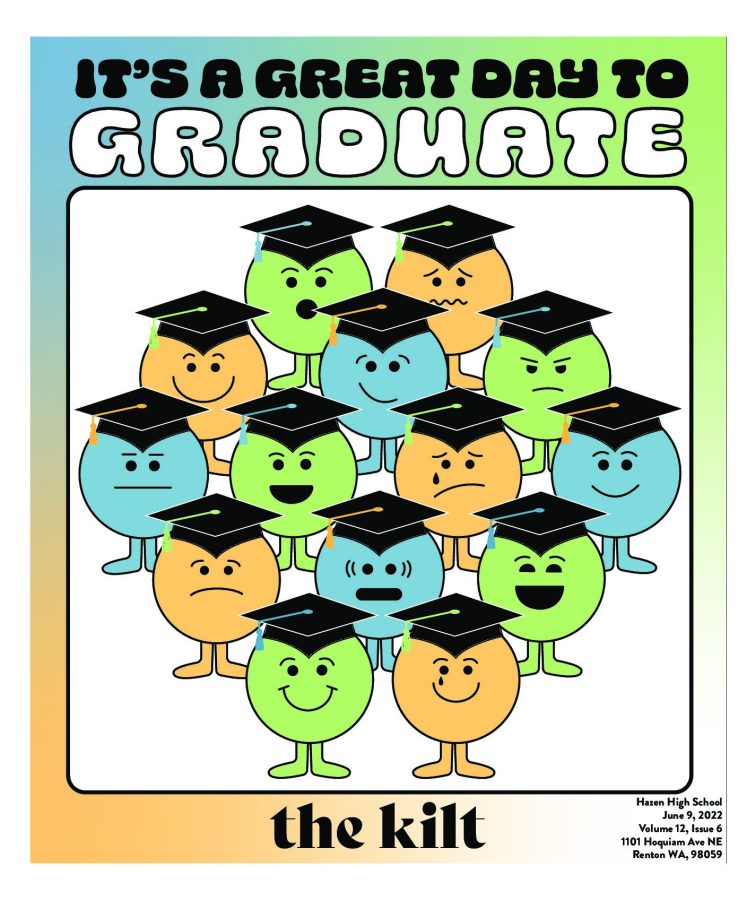Every morning, before the sun rises, students, teachers, and educators alike roll out of bed, get ready, and head to school—day after day, year after year, in a seemingly endless cycle until they graduate, or perhaps, return as educators. Regardless, this sometimes monotonous and mechanical routine exists because of a luxury called public education. In many countries, public education is not “free,” and many families are required to pay for school tuition or private schools.
In the U.S., public education is only possible due to support from federal programs, state funding, and tax money from local voters. These factors impact the quality and resources available within districts and schools to help uplift the next generation.
The Department of Education is a federally managed division responsible for distributing funding for programs across the nation within schools and colleges, such as The Individuals with Disabilities Education Act (IDEA), Section 504, Title I, The Every Student Succeeds Act (ESSA), and the Pell Grant. Recently, the federal government announced its intention to disband the Department of Education and shift control to the states. While the potential repercussions of disbanding the department are uncertain, this change in authority will likely alter curricula and shift the standards of public education across the country.
So, what does the Department of Education actually do? Although the program originated in 1867, it wasn’t officially enacted until 1979 by President Jimmy Carter to consolidate the management of public education. Its primary responsibility is to oversee financial decisions and federal funding for school programs—especially special education—and to manage federal financial aid for college students.
PULL QUOTE: “Public education is the foundation for democracy.” —Julianna Dauble
In the Renton School District, 85% of the budget goes toward people: staff, teachers, and pay raises. Last year, there was a 5% budget cut, amounting to $22 million. Each school typically receives a set amount of funding, and special state and federally funded programs get additional money. However, there is often a deficit in funding from the state for schools.
When the state cannot provide sufficient funding for districts, they are required to backfill their standard needs with money from their fund balance—money usually reserved for emergencies, not for everyday school operations. With many of these programs at risk, priorities are reduced—special education programs, services for low-income students and students with disabilities, and even sports and extracurricular activities could be affected.
Dr. Damien Pattenaude, the Superintendent of the Renton School District, discussed that while there may be significant changes at the federal level, local Renton schools are more directly affected by the state and its distribution of funding.
Specifically in Renton, the high cost of living and affluent surrounding areas have led to decreased enrollment in the district. The Class of 2026 is the largest in Renton’s history. After their graduation, the district will likely face a significant enrollment drop, which is further compounded by a declining birth rate.
However, the development of new affordable housing around Renton provides hope for future growth. Why does this matter? Fewer students mean fewer numbers to demonstrate to state and federal agencies to justify funding for certain programs. Programs like Free and Reduced Lunch are only available to schools when families qualify and submit the necessary forms. This documentation is how public schools receive funding to provide resources like free meals to students.
Julianna Dauble, the President of the Renton Education Association, shared their perspective on the possible changes we might see in the near future. Something unique to Washington out of all the 50 states is that during the 2024 Presidential Election, the blue state only got more blue. As a democratic state, many of our education policies convey high-quality education for all as a result of state funding – yet there isn’t enough.
Relating back to federal funding, the choices made at the national level—such as appointing leaders who may not be knowledgeable about education—can have consequences that reach all the way down to elementary schools. If any agency is tasked with distributing federal education funding, there is uncertainty about how much funding will be allocated and which programs will be prioritized.
In an article by The Daily regarding UW’s Student Legal Services, it was reported that “Know Your Rights” info-sessions have increased significantly since Trump’s election. This increase is largely due to fears surrounding immigrant status, protection of gender and identity, and other potential threats to personal rights.
Following the release of the “Dear Colleague” letter, many students, schools, and individuals are concerned about the impact it may have on marginalized students and the future of education. In Washington, we are protected by state policies and regulations that safeguard certain measures for all individuals. However, this is not the case in more red states. If control over education shifts to the state level, the flexibility of our history curriculum or our ability to uphold kindness and equality in classrooms could be compromised.
In the “Dear Colleague” letter, the United States Department of Education claims that educational institutions have “toxically indoctrinated” students with the false idea that the United States is built on systemic and structural racism. Proponents of such practices argue that the concepts of “diversity, equity, and inclusion” often perpetuate racial stereotypes and explicit race-consciousness in training, programming, and discipline. (UNITED STATES DEPARTMENT of EDUCATION OFFICE for CIVIL RIGHTS, Acting Assistant Secretary).
Regardless of whether the “Dear Colleague” letter achieves its intended goals, one thing is certain: It has instilled fear across the country for students. Not understanding the changes of new policies except for thrown-out words such as “race,” “discrimination,” “diversity,” and “inclusion,” have made many confused and worried for their future and if these changes will impact us. Even if policies are altered and fairness in programs remains intact, the constant worry about funding being cut, making mistakes, or facing worse consequences will remain a heavy concern.
A lawsuit has been filed against the Department of Education by the American Civil Liberties Union and the National Education Association, alleging violations of the Fifth and First Amendments, as well as the Administrative Procedure Act.
The threat of the “Dear Colleague” letter and the federal government’s ability to take away funding is a large risk to schools, especially those that are already underfunded. The lawsuit entails that the decision to remove DEI programs at schools displays overstepping of the federal government in violation of the First and Fifth Amendments.
Washington State has taken a stance to support DEI, in alignment with state policies and goals. Although “Public education is a civil right in our country,” said Washington state Superintendent Chris Reykdal. “That in itself is DEI. I’m proud of the work we’ve done in Washington state, and we are not going backward.”
While the issue regarding state funding is still at large, due to a variety of factors such as capped levies, underfunding programs, diverse needs that a fund formula used for all districts doesn’t account and work for all schools. In the coming years, there is an expectation to increase funding rather than making more budget cuts – but to determine how long it will take to get there is unknown.





































